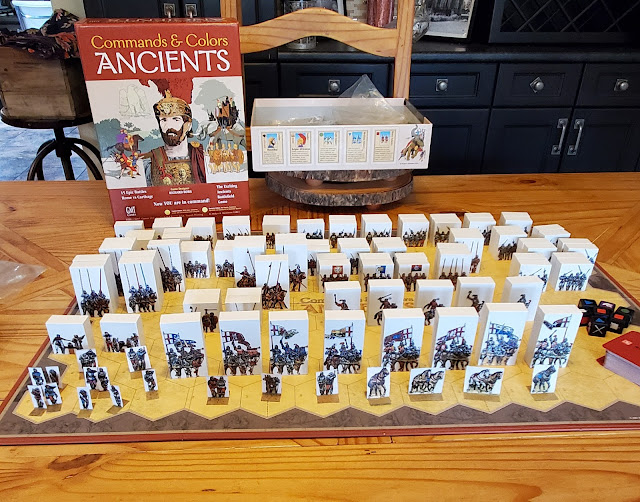Interesting reading - Operations Report

I spent an hour searching through the PPCLI website and checking out their archives. A subseries called War Diaries. This is the Seaforth Highlanders of Canada, Operations Report - Capture of Granarolo and the Senio River winter line - Jan 1st to 7th, 1945. Check out this except, specifically Note 2. I love the humour. The "V2". A slingshot used to lob type 36 grenades 100yards. The "Dagwood". A type 36 grenade "sandwiched" between two type 75 grenades, placed in a sack and tossed at the enemy. Reports state, "they gave a bad morale effect on the enemy". I'm sure it did! And once again we see the PIAT put to good use. I did not know they had an incendiary bomb for the PIAT. The last page of the document is an appendix with lessons learned. Note 3 - PIAT is extremely useful! Although I'd hate to be the bloke who would have to carry the thing. Fun read, great stuff. The PDF is labelled: 74-16-2 or use the link https://archives.ppcl...





